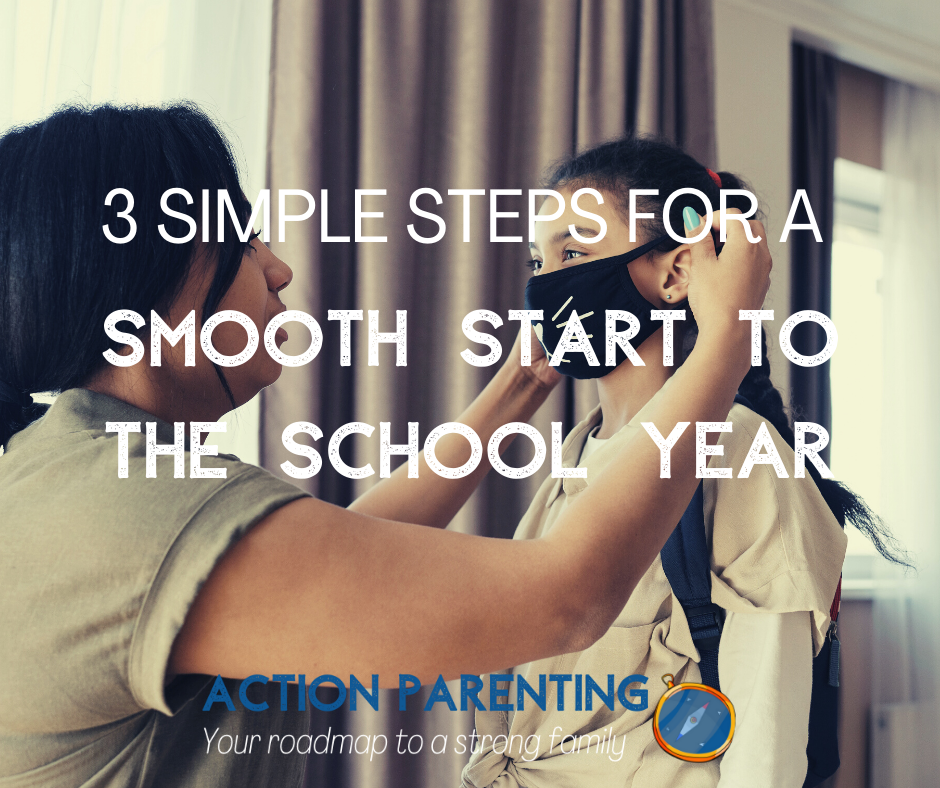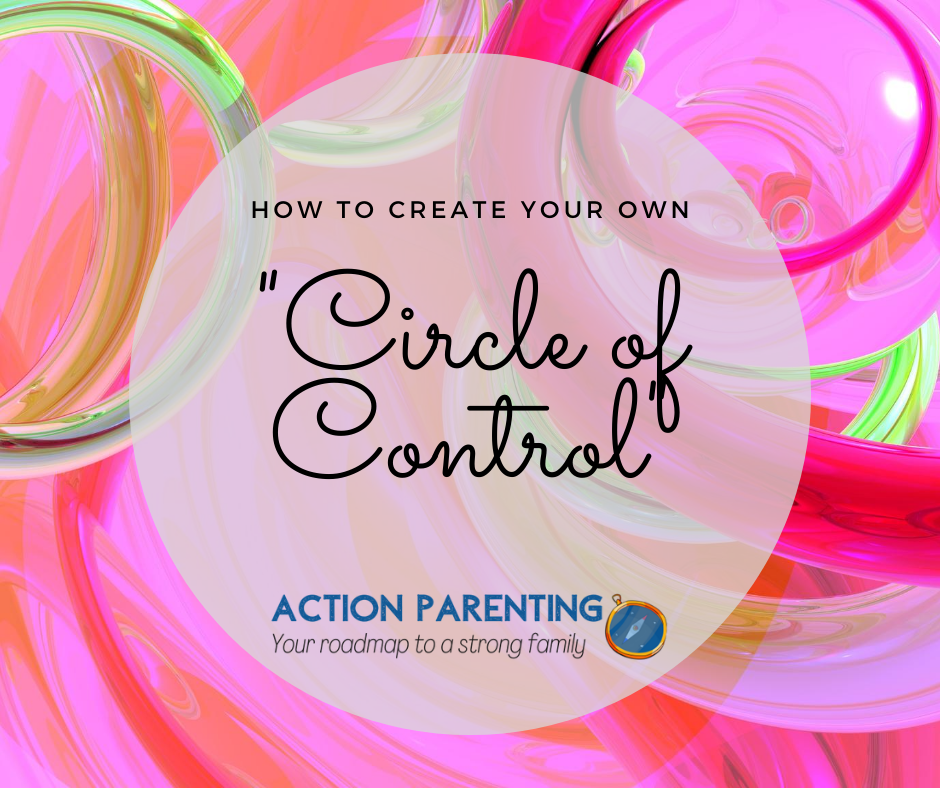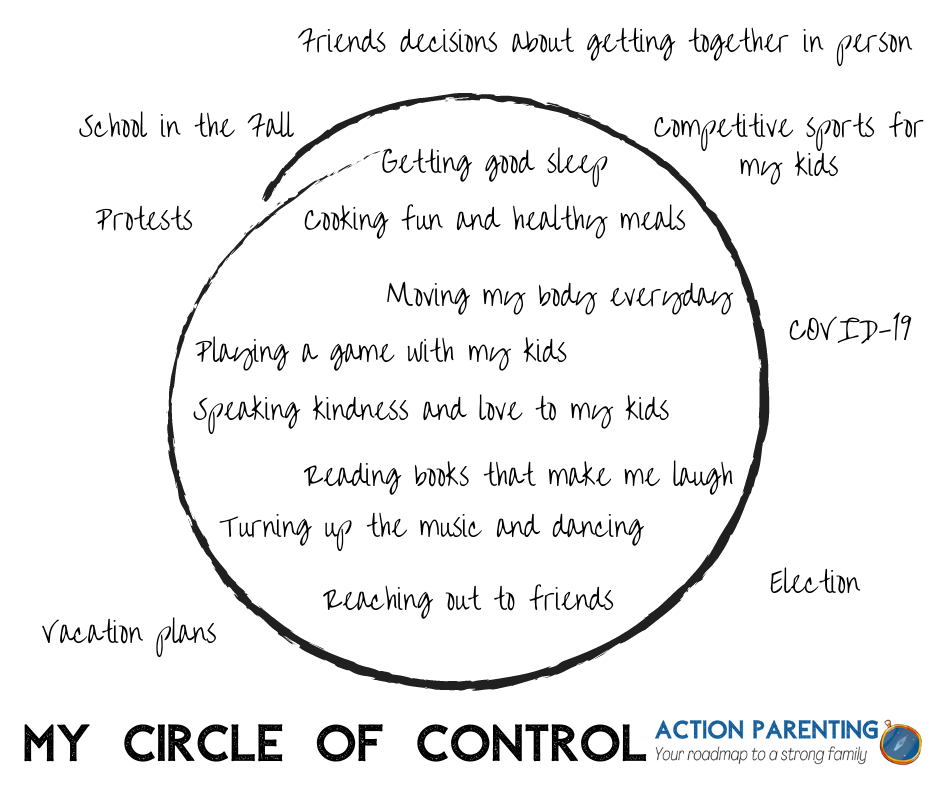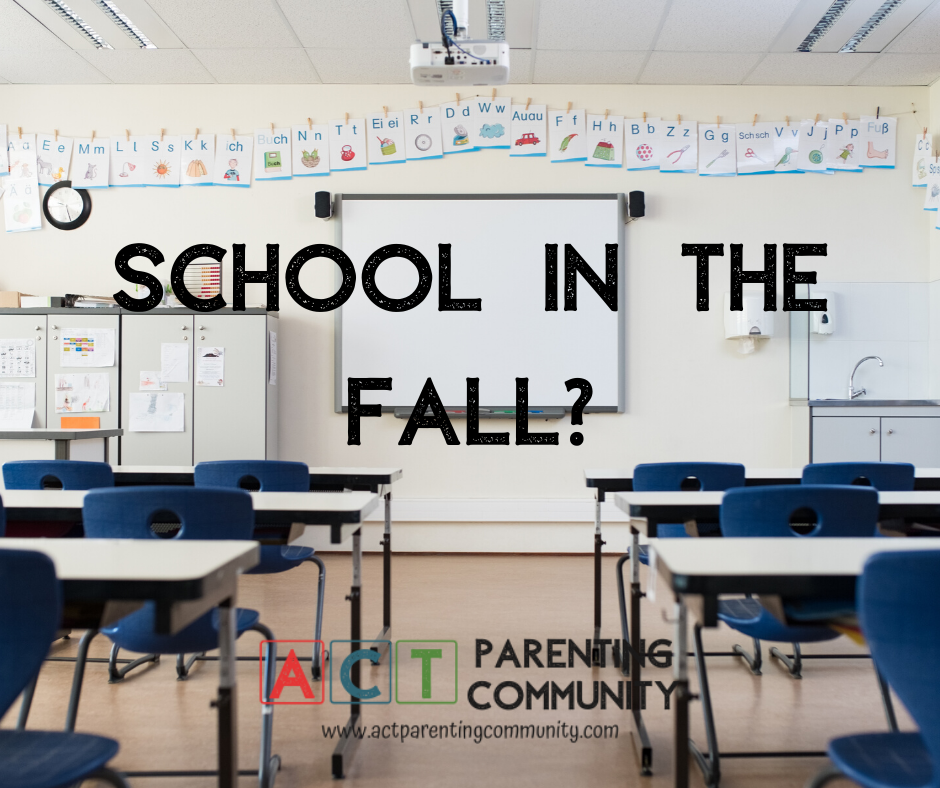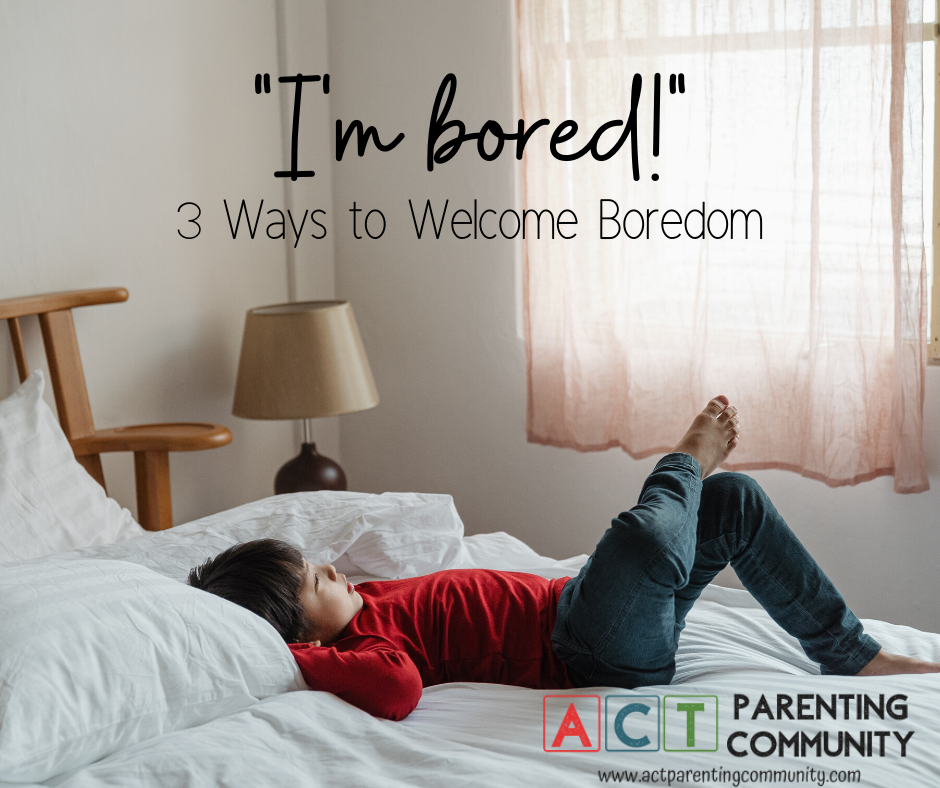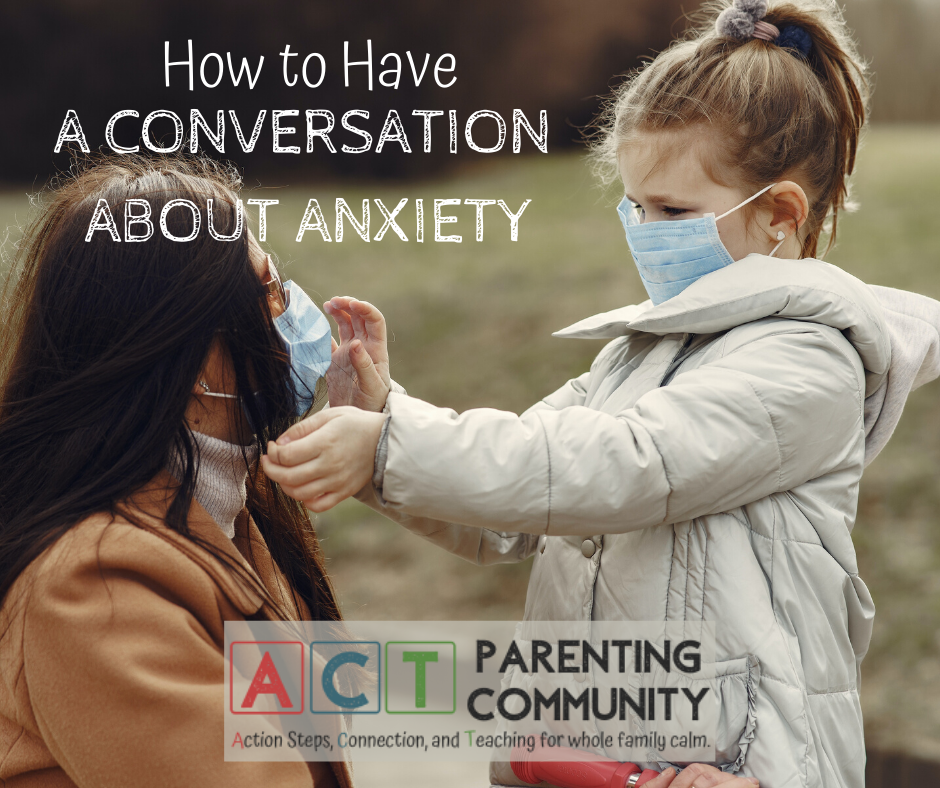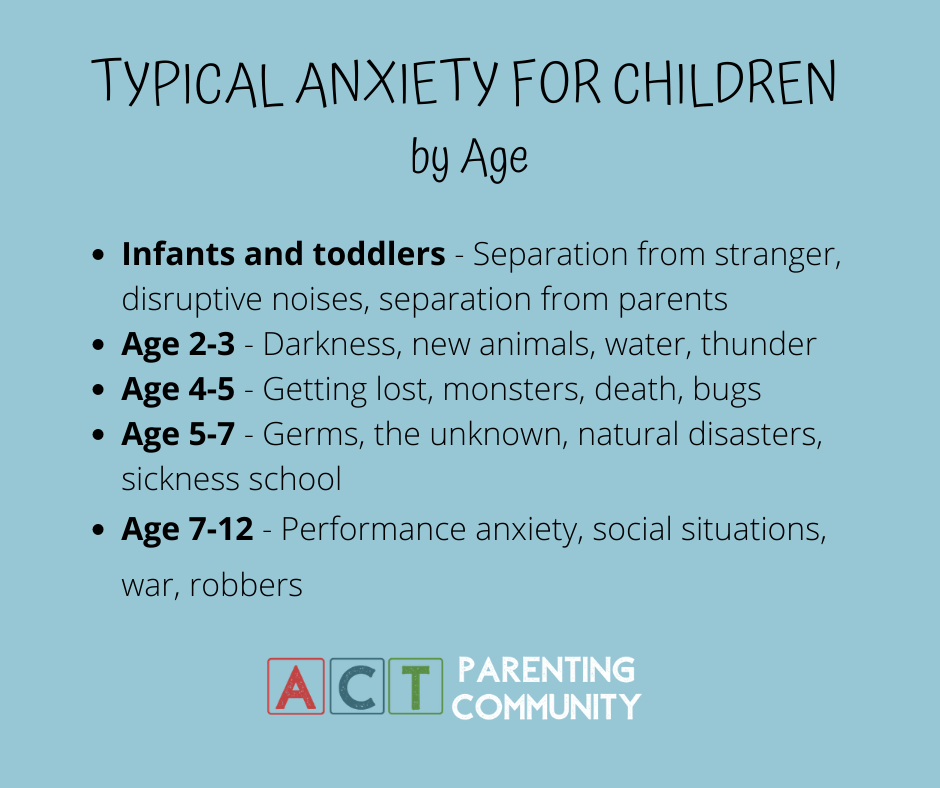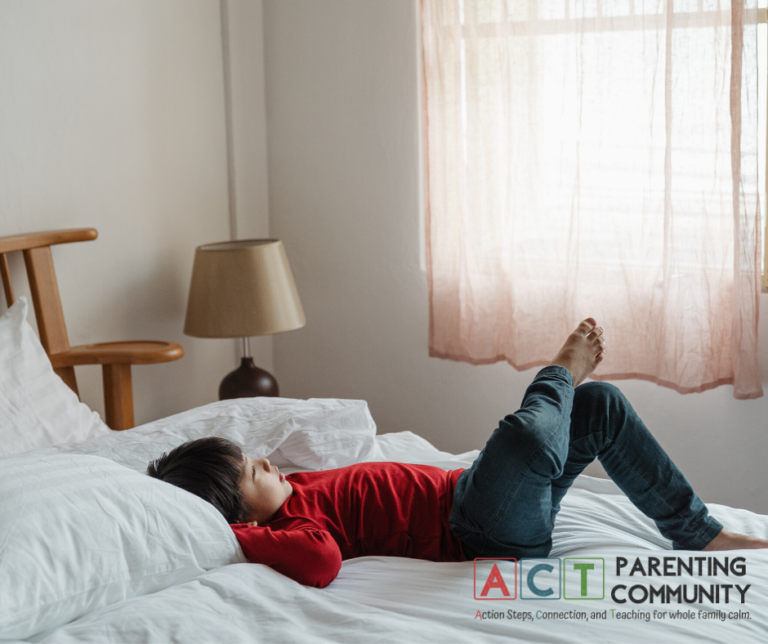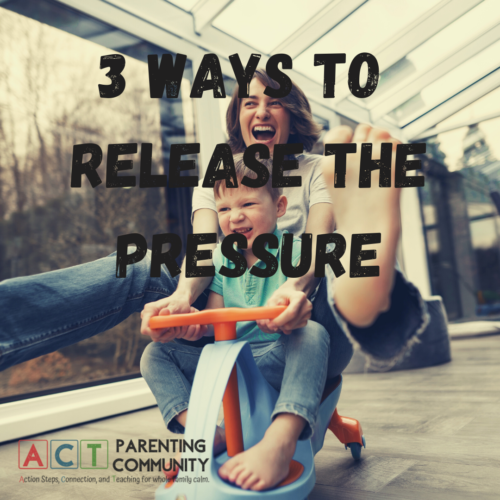I have the recurring memory from last spring of coming into my son’s room after a morning of “online” school to discover that absolutely nothing has been completed. The words, “What do you mean you have nothing done!!!!! What have you been doing ALL MORNING?” come quickly flying out of my mouth.
I glance around the room and there are papers everywhere, piles and piles of them! I grab one and it’s an assignment from two weeks ago.
“Did you turn this in?” I ask.
A head shake and the excuse of “I didn’t know how so I just didn’t” confirm that it’s just one more thing in a long line of things that have not gotten done.
I can feel my blood start to boil just thinking about it right now. And the potential for a repeat is high if we don’t start to do something different.
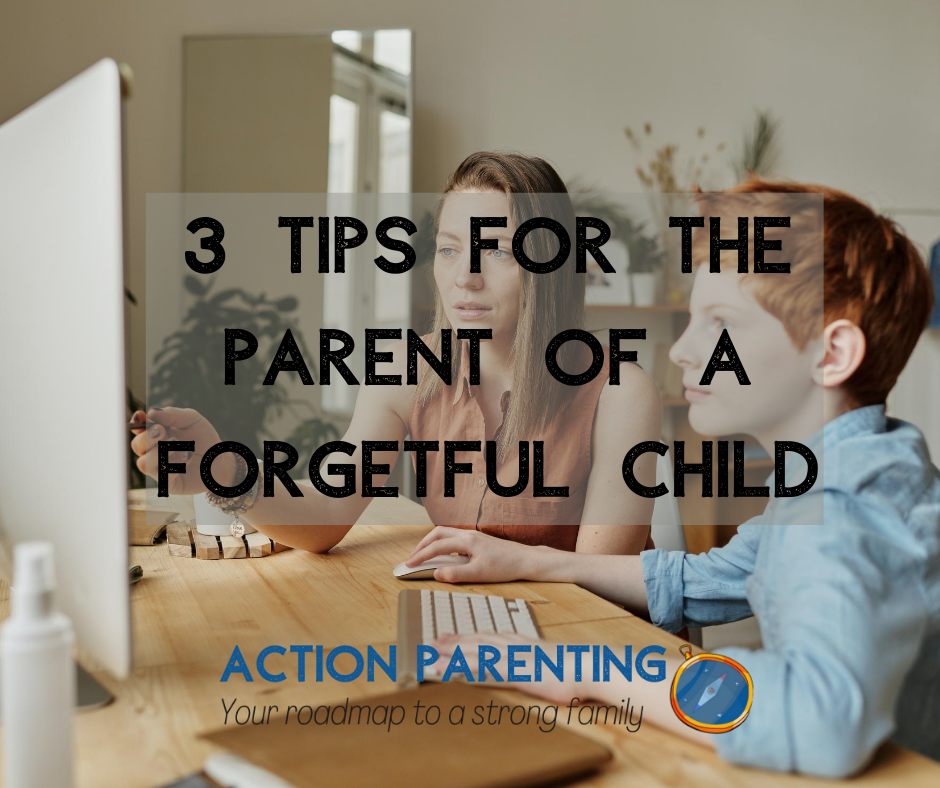
One of the most helpful things I’ve learned in parenting is that my child’s behavior is telling me something. If I stop and listen, the behavior is usually telling me that my child is either (1) lacking a skill to be successful or (2) has a need that is not being met.
In this case, my child is lacking a skill and that skill is called executive functioning.
Executive functioning is a set of mental skills that include working memory, flexible thinking, and self-control.
When my son is struggling to accomplish a long list of tasks without getting side tracked by other more exciting things, keep his assignments organized, or figure out a multi-step process of turning an assignment in, he is showing that he’s lacking a skill in working memory and self-control.
As we prepare for another year of being more present and involved in our children’s learning, I know that I will need more tools and resources to help my son and I know I’m not alone. Here are the three main areas of executive functioning a tip on how to help your child grow that particular skill.
1 – Working Memory
Working Memory is the ability to hold on to information and then use it. Working memory is useful not only in keeping track of the steps need to get ready in the morning but also remembering all the steps to solve a math problem.
Parent Tip: Teach your child some ways of remembering things. This can be creating a checklist, keeping a planner, or making a list of things that need to be done each day. Often times kids who struggle with working memory will rebel against the idea of making a list. I’ve found it helpful to offer a couple ideas for my son to pick from instead of insisting on the one I think will work best.
2 – Flexible Thinking
Flexible thinking is the ability to think about things in more than one way. In school this can create challenges when learning multiple ways of solving a similar problem. But it child who struggles with flexible thinking can have a hard time when something suddenly changes or they need to do something differently than they had planned or imagined.
Parent Tip: Talk about the potential for things to change before a change even occurs. You might teach your child the following chant.
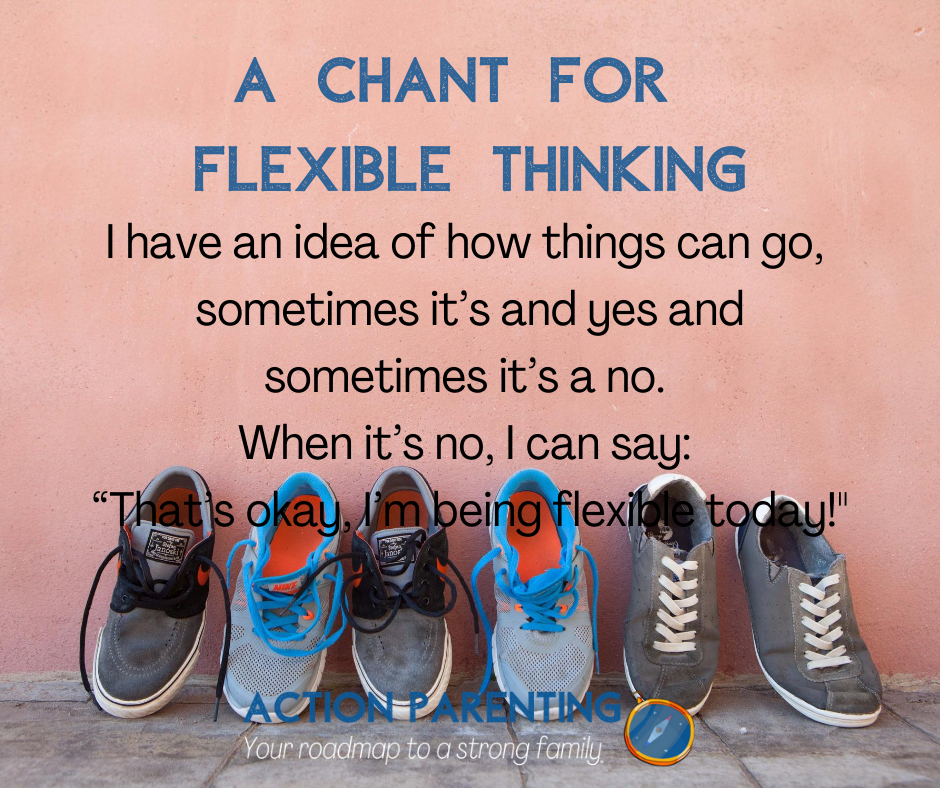
3 – Self-Control
Self control is the ability to ignore distractions and manage one’s impulses, emotions, and behaviors. This skill helps kids regulate their emotions and say no to distractions. When kids are struggling you might see them challenged to stop playing video games after a specific amount of time or blurt out an answer without being called on in class.
Parent Tip: Practice delaying gratification. For example, if your child really wants to play a video game, what are the things they need to accomplish before playing the video game. If this is new, start with 1-3 things and increase as their ability to delay gratification increases.
This is just a few ideas. We’ve got lots more help for parents! Make sure you’ve subscribed to our newsletters and join us on our Facebook Group this week for more tools and encouragement around helping you and your child get ready for a successful back to school experience.

